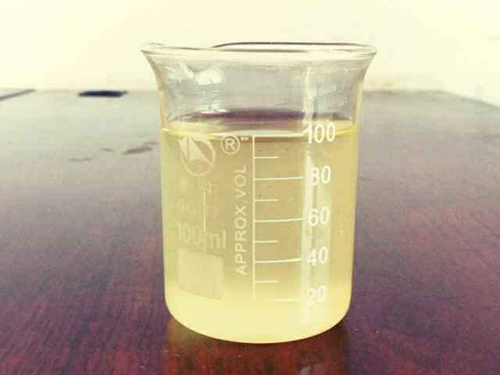Exploring Various Applications of Polyacrylamide in Industry and Research
The Versatile Uses of Polyacrylamide
Polyacrylamide (PAM) is a synthetic polymer widely recognized for its versatility and usefulness in various industries. Originally developed in the 1950s, polyacrylamide is primarily composed of acrylamide monomers, which can be polymerized to form a structure that exhibits unique properties. Its ability to absorb water, along with its capacity to enhance viscosity, makes PAM an invaluable material across diverse applications.
One of the most significant uses of polyacrylamide is in the field of water treatment. PAM is employed as a flocculant, a substance that encourages the clumping of particles in water. By promoting the aggregation of suspended solids, polyacrylamide facilitates the removal of impurities and contaminants. This application is crucial in municipal wastewater treatment plants, where effective purification processes are vital for environmental protection. Additionally, PAM is used in industries like mining and paper manufacturing, where it helps in clarifying water and improving the quality of the final product.
The Versatile Uses of Polyacrylamide
Polyacrylamide is also prevalent in the oil and gas industry, particularly in enhanced oil recovery (EOR) processes. PAM solutions can be injected into oil reservoirs to improve the displacement of crude oil, increasing the amount of extractable oil. By improving the mobility of oil, polyacrylamide plays a crucial role in increasing the efficiency of extraction processes. This use not only enhances oil yields but also reduces overall costs in production.
polyacrylamide uses

Another noteworthy application of polyacrylamide is in the field of biomedical and pharmaceutical research. The unique properties of PAM, such as its biocompatibility and ability to form hydrogels, make it an ideal candidate for drug delivery systems and tissue engineering. Researchers are exploring the potential of polyacrylamide-based hydrogels for encapsulating drugs, as these systems can provide sustained release and improve the efficacy of treatments. Additionally, PAM hydrogels can mimic natural tissue environments, offering exciting possibilities for regenerative medicine.
Moreover, polyacrylamide is utilized in the cosmetic industry, particularly in the formulation of various personal care products. Its thickening and emulsifying properties allow for the creation of stable creams, lotions, and gels. PAM is often found in products designed for skin hydration and conditioning, as it can form a moisture-retaining barrier on the skin, enhancing the overall hydration levels.
Despite its myriad applications, the use of polyacrylamide is accompanied by considerations regarding health and safety. Acrylamide, the monomer from which PAM is derived, is considered a potential neurotoxin and carcinogen. Therefore, careful handling and regulation are necessary to mitigate risks associated with exposure.
In conclusion, polyacrylamide holds a crucial position in a variety of sectors, from water treatment and agriculture to oil recovery and cosmetics. Its properties allow for enhancements in efficiency, productivity, and sustainability across different applications. As research continues to shed light on new uses and improve the safety of its application, polyacrylamide is poised to remain an important polymer in modern industrial practices.
-
Water Treatment with Flocculant Water TreatmentNewsJun.12,2025
-
Polymaleic AnhydrideNewsJun.12,2025
-
Polyaspartic AcidNewsJun.12,2025
-
Enhance Industrial Processes with IsothiazolinonesNewsJun.12,2025
-
Enhance Industrial Processes with PBTCA SolutionsNewsJun.12,2025
-
Dodecyldimethylbenzylammonium Chloride SolutionsNewsJun.12,2025





